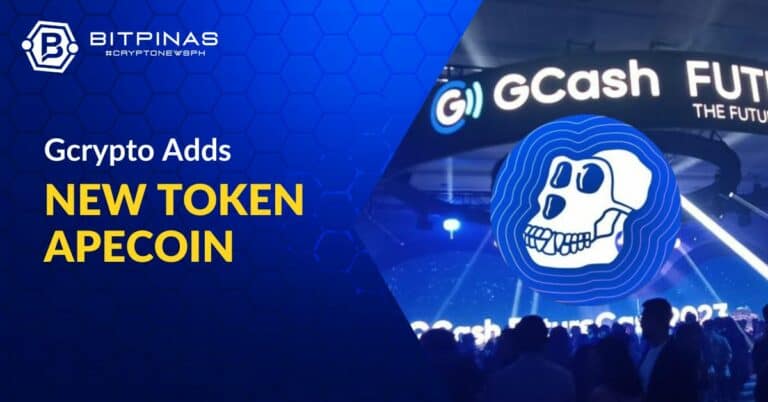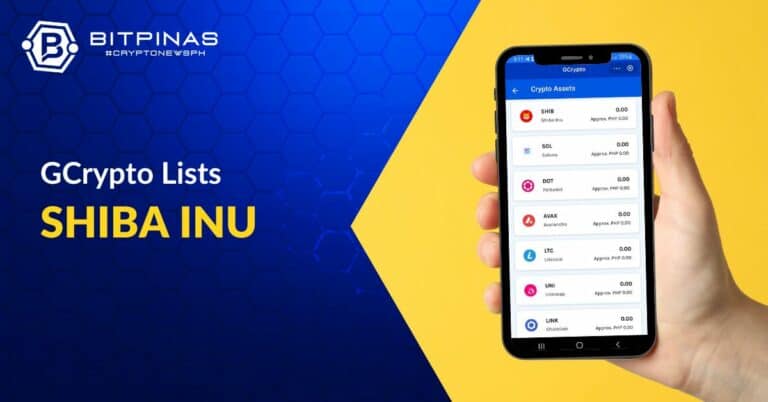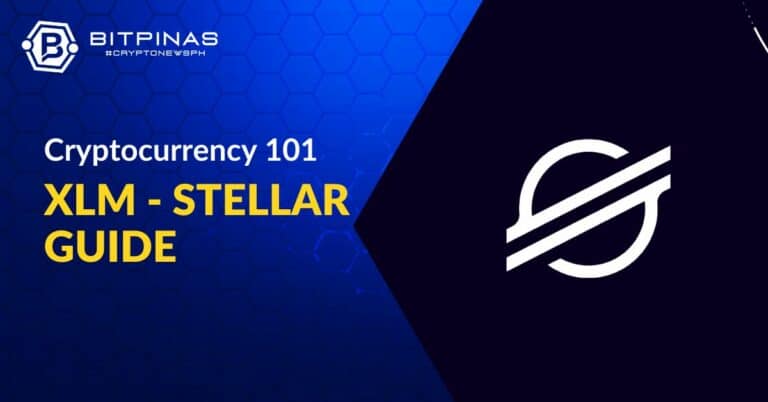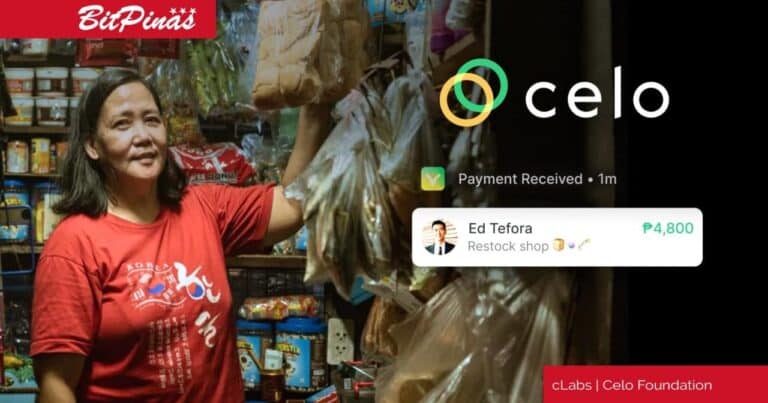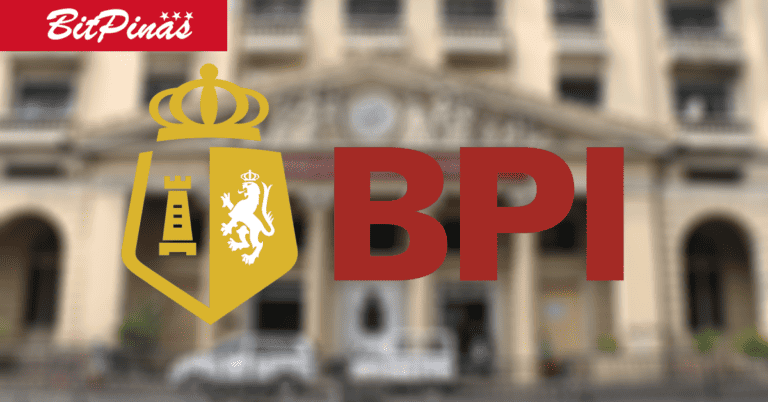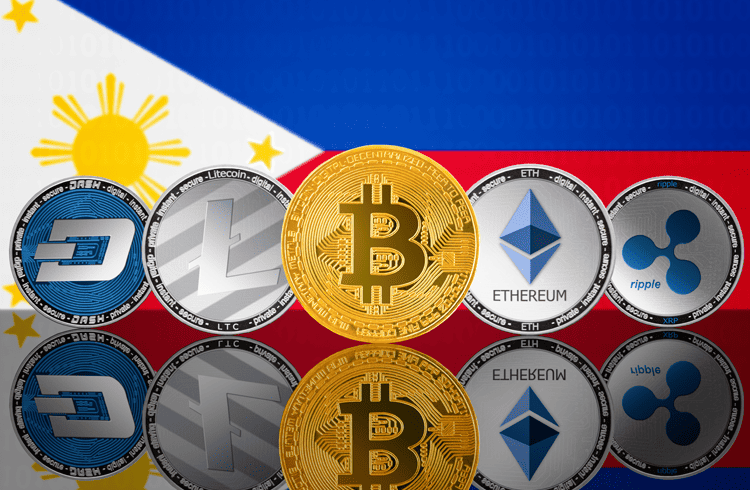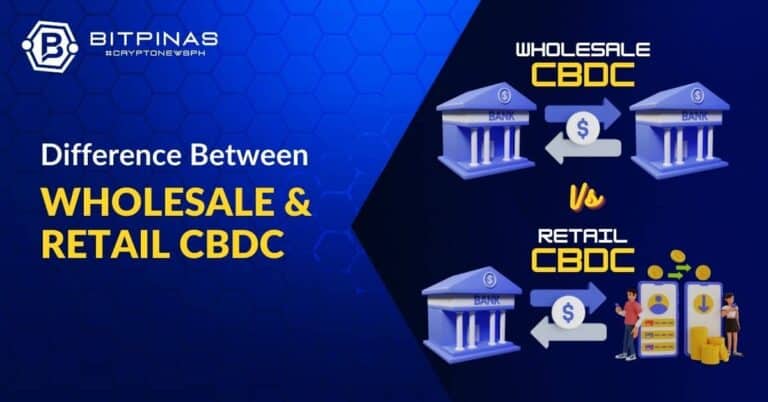Where to Buy USDT in the Philippines | Guide and Usecases
Tether (USDT) is a stable cryptocurrency pegged to the value of the United States Dollar. This means that 1 USDT is always equal to 1 USD.
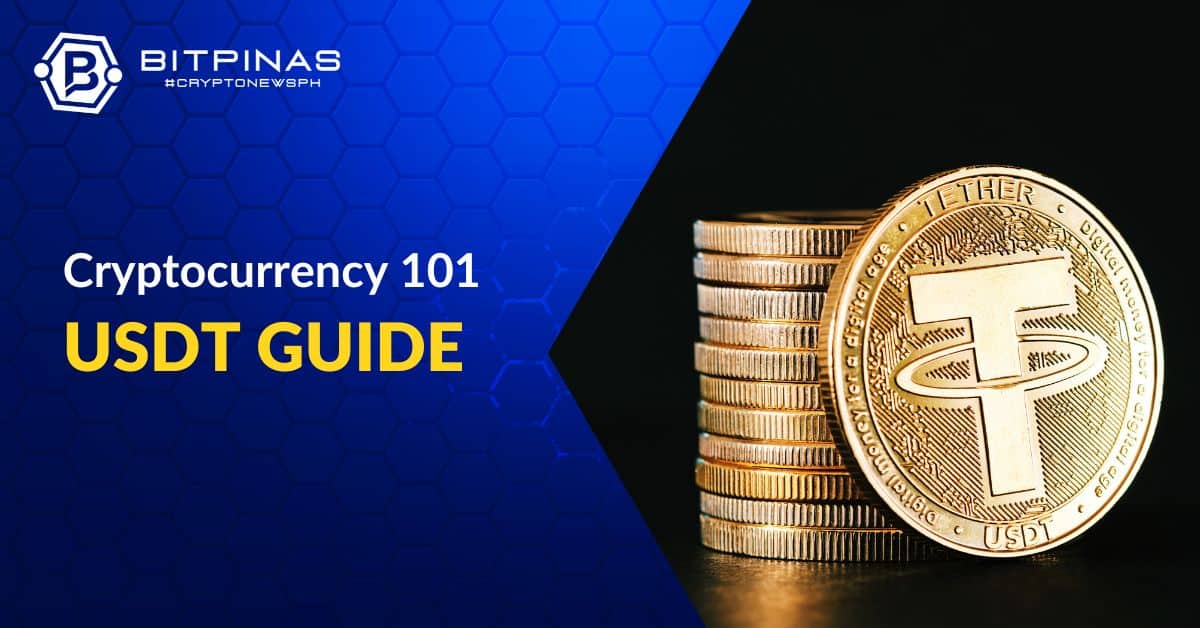
This article “Where to buy USDT in the Philippines” is modified on October 10, 2023.
- Stablecoins are a type of cryptocurrency that is pegged to fiat or can also be gold at a 1:1 ratio. It is categorized into three: fiat-backed, crypto-backed and algorithmic.
- USDT was once called Realcoin, launched by a startup led by developers Reeve Collins, Craig Sellars, and Brock Pierce in October 2014 using the Omni protocol.
- However, the firm behind the token has been facing controversies as early as 2017.
Unlike Bitcoin, Ethereum, and other altcoins that rely heavily on the ecosystem’s movement to dictate their fiat value, stablecoins, whatever hype they may get, will always be the same value as the asset they are pegged to.
Check out 6 most recently updated crypto guides:
Check out more articles in our Cryptocurrency 101 Series.
Stablecoins in the Midst of Volatile Market
Stablecoins are a type of cryptocurrency that is pegged to fiat or can also be gold at a 1:1 ratio. It is categorized into three: fiat-backed, crypto-backed and algorithmic.
Fiat-backed stablecoins are pegged to a fiat currency, such as the US dollar or even the Philippine peso. They maintain their peg by holding reserves of the corresponding fiat currency.
Meanwhile, crypto-backed stablecoins are pegged to a cryptocurrency. They maintain their peg by holding reserves of the corresponding cryptocurrency.
Lastly, algorithmic stablecoins are not pegged to any asset. They maintain their pegs through a combination of algorithms and economic incentives that adjust the supply and demand of the stablecoin according to market conditions.
But though stablecoins look like imitators of real-value assets, are they just non-sense tokens? Or do they have a purpose?
USDT’s History: From a Startup Token to Industry’s Big Player
When you look closely at the list of top cryptocurrencies in CoinGecko in terms of market capitalization, the third largest token is Tether, or $USDT. And yes, it is a stablecoin pegged to the U.S. dollar.
USDT was once called Realcoin, launched by a startup led by developers Reeve Collins, Craig Sellars, and Brock Pierce in October 2014 using the Omni protocol. The protocol is known for allowing users to create and trade different smart contract-based assets and cryptocurrencies on the Bitcoin blockchain.
The rebrand happened months after the launch, and the startup became Tether Limited.
According to online publication Vauld, Realcon was originally created to be a medium of exchange and store value on the blockchain. And because it is a stablecoin, one of its goals is to avoid the market’s volatility while utilizing the benefits of the technology.
USDT was first listed on the Bitfinex exchange in 2015, and its trading volumes increased in 2017.
USDT’s Challenges: From Public Trust to Regulator’s Doubt
Since stablecoins are naturally backed-up by different assets, USDT’s transparency on its real-world reserves was questioned.
In April 2017, multiple U.S.-based banks blocked USDT international transfers and suspended withdrawals for alleged currency reserve issues.
Months later, in January 2018, Tether Limited confirmed that it had parted ways with its partner firm that would have conducted the necessary audit to ensure that the firm was maintaining its reserves.
This led the U.S. Commodity Futures Trading Commission to issue subpoenas to the firm. The regulator alleged that the claim that USDT is always backed 1-to-1 is in fact not true.
disputing their claims that Tether is “always backed 1-to-1 by traditional currency held in our reserves.”
However, fast forward to 2021, the regulator has again alleged the firm for producing misleading statements about having sufficient dollars to back all the Tether coins in circulation.
Tether Limited was forced to pay a fine worth $41 million due to this case. But it still affirmed that the USDT token is backed by the company’s reserves, which is a combination of cash, commercial paper, other crypto, and similar securities.
What are the usecases of USDT?
One of the benefits of cryptocurrencies in the monetary system is that it eliminates middlemen in transactions.
Online payments
USDT, as a stablecoin that is pegged to the U.S dollar, can be used for online payments. Because of the blockchain technology, using USDT for online payments gives users cheaper fees but faster transactions.
Remittances
No more high fees when sending remittances abroad, as USDT can also facilitate the transfer of money across borders and help people avoid high exchange rate fees. It is also said to make faster, cheaper, and more secure transactions than wire transfers.
Stable Asset to Park Money
Also, as traders who are experiencing this year-long bear market, considering transferring the assets to stablecoins like USDT could be a good idea. It is for those who do not have the risk appetite to see the price of their crypto assets go down like crazy.
Collateral, or Interest For Lending
Lastly, USDT can be used by the decentralized finance (DeFi) industry as collateral, liquidity, or interest for lending platforms. DeFi is the sector that offers blockchain-powered financial services and products.
How to Buy and Transfer USDT?
Most exchanges offer USDT. However, they require users to be verified and KYC’d first before making USDT transactions.
- Verify the account by submitting the needed requirements—normally, a valid ID and selfie verification.
- Choose the USDT trading pair, it could be USDT/USD or others.
- Buy USDT by typing the desired amount.
- Check the crypto wallet of the exchange, select the transfer or send option, and type in the wallet address of the receiver. Make sure that the wallet is compatible with USDT.
- Check if the transaction is complete. Usually, the amount has already been deducted from the wallet.
This article is published on BitPinas: Where to Buy USDT in the Philippines | Guide and Usecases
Disclaimer:
- Before investing in any cryptocurrency, it is essential that you carry out your own due diligence and seek appropriate professional advice about your specific position before making any financial decisions.
- BitPinas provides content for informational purposes only and does not constitute investment advice. Your actions are solely your own responsibility. This website is not responsible for any losses you may incur, nor will it claim attribution for your gains.
Original Article Follows (May Contain Outdated Information):
Tether (USDT) is a stable cryptocurrency pegged to the value of the United States Dollar. This means that 1 USDT is equal to 1 USD. The company that created Tether claims that each USDT is backed by a dollar being held in the Tether Limited Reserve.
Although USDT has a one-is-to-one ratio to USD, few local exchanges in the Philippines have it. In order to get 1 USDT.
What is Tether?
Cryptocurrency prices are highly volatile, it can change in just a few seconds. Tether, on the other hand, mirrors the value of the US Dollar. This makes it a “stable coin.” Because of this 1:1 Tether to USD ratio, major exchanges use it as a USD replacement. According to the official tether website:
“Tether converts cash into digital currency, to anchor or tether the value to the price of national currencies like the US dollar, the Euro, and the Yen.”
In addition, it also says that since 1 USDT is equal to 1 USD, the dollar is being held in their reserves.
This token has its share of controversies. The people running Bitfinex (a traditional cryptocurrency exchange) are also the people behind Tether. Mr. Jan Ludovicus van der Velde is the CEO of Bitfinex and Tether and Mr. Philip Potter is the Chief Strategy Officer of both companies. There is concern that Tether is not really 1:1 and not really held in a reserve but instead being used as a “fractional reserve lending”.
In USDT’s defense, since it is backed by USD the company behind it claims that the token is not subject to speculations just like other cryptos. It is equal to USD and provides stability in the midst of the volatility of other cryptocurrencies.
Where to buy USDT in the Philippines?
The simplest way to buy USDT is through Binance P2P:
- Log in or register to Binance
- Go to its P2P page
- Find a seller of USDT for your PHP
- Transfer USDT from Binance P2P to Binance Spot
Here is our step-by-step guide to buy crypto using Binance P2P: How to Use Binance P2P to Buy Bitcoin, USDT in the Philippines
Clicking the article above is the single simplest way to buy USDT and put it in a major exchange. The steps outlined below is a bit old is applicable when you have some coins on Coins.ph, which you can still do, but be mindful of the fees.
Some local exchanges like BloomX, Moneybees, and PDAX have USDT.
Getting BTC
Since USDT is not directly available in the country, you will need to purchase it through cryptocurrency exchanges. This is why you will need to get bitcoins (or other cryptos) first.
Buying Bitcoin using Coins.ph
Coins.ph is one of the top cryptocurrency wallets in the Philippines. Currently, it supports PHP, BTC, ETH, BCH, and XRP.
Steps:
- Sign up and Register for a Coins.ph account (Register here!)
- Verify your account and complete necessary KYC (know-your-customer)
- Have your Philippine fiat ready and cash in your account via:
- 7-Eleven Cliqq Kiosk
- Palawan Pawnshop
- UnionBank or other bank accounts
- Once you have PHP in your Coins.ph wallet, convert it to BTC
- Transfer this BTC to your cryptocurrency exchange of choice.
Buying Bitcoin using Credit Card / Debit Card
Changelly is a cryptocurrency broker that will also let you purchase bitcoin, litecoin, bitcoin cash, and ethereum using your credit card or debit card.
Steps:
- Sign up and register to Changelly (Register here!)
- Choose as to whether you want to purchase crypto using USD or EUR
- Choose what token you want to purchase. It can be bitcoin, bitcoin cash, litecoin, or ethereum.
- Put your correct token address. For the sake of this article, put your BTC address.
- Complete the KYC requirements.
- Input your credit card or debit card information.
- Verify if all the information is correct.
- Receive your tokens.
Step 2: Trading your BTC to USDT
Changelly
Changelly is a cryptocurrency broker. This means that it works just like a money changer where you will need to exchange your crypto to another crypto. The price of each crypto depends on the market price. It has over 100 altcoins that you can exchange and will let you buy bitcoin using a credit card/debit card. Transactions using Changelly is easy and quick as it can only take 5-30 minutes.
Steps in using Changelly BTC to USDT:
- Sign up and register to Changelly (Register here!)
- Choose the token “YOU HAVE” to BTC. Input the amount of BTC you have.
- Choose USDT on “YOU GET”.
- Click on Exchange!
- You will go to the next page and don’t forget to tick on the “I’ve read and agree…” and click on Next.
- Put your USDT address. Click on Next
- Confirm the transaction if it’s correct. Click on Next
- Changelly will give you a QR code to scan where you can send your BTC. You can also copy the address.
- Wait for the exchange within 5-30 minutes.
- Receive your USDT in your USDT Wallet.
Traditional Cryptocurrency Exchanges
Traditional cryptocurrency exchanges are the open book type trading platform. This is where you can have more freedom in putting your own buy/sell price. You can also purchase tokens based on its market price. Traditional crypto exchanges also have different trading pairs. In USDT there are BTC/USDT, BCH/USDT, ETH/USDT, XRP/USDT, EOS/USDT, BCC/USDT, DASH/USDT, USDT/USD, XUC/USDT, QTUM/USDT, LTC/USDT, ADA/USDT, UBTC/USDT, XLM/USDT, AT/USDT, XWC/USDT, ONT/USDT, NEO/USDT, TRX/USDT, VET/USDT, BIX/USDT, GTO/USDT, IOTA/USDT, HT/USDT, BNB/USDT, and a lot more pairings. For the sake of this article, we will go with the BTC/USDT pair.
- Binance – How to Use Binance P2P to Buy Bitcoin, USDT in the Philippines
- Huobi – How to Buy Altcoins Using Huobi.pro in the Philippines
- Bittrex – Beginners Guide on How to Buy Altcoins from Bittrex
- Kryptono – How to Use Kryptono to Buy, Sell, & Trade Crypto Like LoyalCoin
- KuCoin – How to Trade for Bitcoins for Altcoins using KuCoin
- Poloniex – How to Buy Altcoins Using Poloniex From the Philippines
Steps in Buying USDT using Binance
Replace the steps with: How to Use Binance P2P to Buy Bitcoin, USDT in the Philippines
Register and verify your e-mail address (Register to Binance here!)Fund your Binance account by going to Funds > Deposit > BTCUse your BTC in your cryptocurrency wallet such as Coins.ph, Abra, Bitbit.cash, etcGo to Exchange and search the BTC/USDT trading pairPut the amount of USDT you want to buy and you can either set the price or buy using the market price.After completing the purchase, go to Withdraw > USDTMake sure to deposit your purchased USDT in your USDT wallet for safe keeping.
The steps shown above are almost the same in other traditional cryptocurrency exchanges.
USDT Wallet
As we search around for the best USDT wallet, we stumbled upon a bitcointalk post and most of the members are pointing to the official tether website.
There is also a popular third-party wallet for USDT and that is Freewallet.
Lifetime USDT Price Chart
USDT price chart against USD is almost at flat line since it is pegged at US Dollar price. Aside from minor USD hiccups in the green line, the most notable change is the orange line, which is the price of BTC versus USD.
USDT – Difference from other Coins
The difference of USDT to other coins is its stability. Unlike other cryptocurrencies that are vulnerable to speculations etc, USDT will stand still as it is pegged in the USD price. Although sometimes, USD may stumble from time to time, its volatility is not as severe.
USDT Key People
- JL Van Der Velde, CEO, Tether (LinkedIn)
- Giancarlo Devasini, Chief Financial Officer, Tether (LinkedIn)
- Stuart Hoegner, General Counsel, Tether (LinkedIn)
Overall
USDT is called a stable coin because it is pegged at the US Dollar price. According to Tether Limited, the company behind USDT, the tokens’ ratio is 1:1 and has a USD equivalent being held in its reserve.


